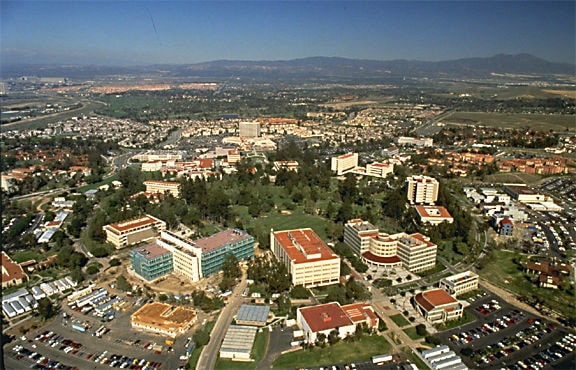UC Irvine’s ‘Perioperative Surgical Home’ Improves Clinical Outcomes While Reducing Healthcare Costs

As healthcare costs rise in this country, the University of California, Irvine Department of Anesthesiology & Perioperative Care has initiated an innovative model to reform healthcare from the frontlines that improves the patient experience while simultaneously reducing costs.
Irvine, CA (PRWEB) December 06, 2013
As healthcare costs rise in this country, the University of California, Irvine Department of Anesthesiology & Perioperative Care has initiated an innovative model to reform healthcare from the frontlines that improves the patient experience while simultaneously reducing costs. Approximately 60 percent of a traditional hospital’s expenses are associated with surgical and procedural care. The Perioperative Surgical Home model coordinates a multidisciplinary continuum of care led by the expertise of the anesthesiologist through the preoperative, intraoperative and postoperative periods. The new model also relies heavily on evidence-based medicine and novel patient preparedness education.
“We’ve created a hub to centralize all the players in the surgical process into one multidisciplinary team to increase patient satisfaction while driving down recovery times, complications, lengths of stay in the hospital and overall costs,” said Zeev Kain, M.D., professor and chair of Anesthesiology & Perioperative Care and associate dean of Clinical Operations at the School of Medicine. “This is an excellent example of quality care focused on maximizing our best practices that then have a ripple effect on improving the entire spectrum of surgical and procedural care given to the patient.”
The Perioperative Surgical Home could be likened to a clearinghouse for the anesthesiologists, surgeons and other patient care providers to coordinate and optimize the pre-surgery testing and evaluations of patients. The experts collaborate and draw on this data to determine the safest and most-cost effective implants and pharmaceuticals. This PSH model decreases the number of unnecessary tests and consults that must be performed pre-surgery while reducing the rate of complications after surgery. The end result is reduced hospital length of stay, less complications and readmissions, which equals an overall better recovery and patient experience.
In the surgical preparation class, members of the care team meet with the patients to create a plan for preparing for surgery and recovery. The class helps clear any fears and unknowns that often plague patients in the days and hours leading up to surgery. They also equip patients with mind and body relaxation techniques to cope with stress pre-surgery and also post-surgery. The class provides a way for the patient to participate as an active member of the team in ensuring the most optimal outcome for surgery.
UC Irvine Heath and the Department of Anesthesiology & Perioperative Care is among the first in the country to implement the PSH. Led by Dr. Kain, the Joint Surgical Home was initiated in 2012 with tremendous success. The Joint Surgical Home at UC Irvine has reduced surgical cancellations, complications, length of stay, readmissions and overall costs associated with joint replacement surgery and the recovery process while dramatically increasing patient satisfaction.
UC Irvine is delighted to announce that the next surgical lines in the PSH model, two types of urological procedures, were implemented this month.
Moving forward, Dr. Kain feels the Perioperative Surgical Home model can be replicated and implemented in most surgical areas of care. According to Dr. Kain, by standardizing the process, coordinating services and managing patients through the entire surgical process, the PSH model improves the quality of care while reducing costs.
For the original version on PRWeb visit: http://www.prweb.com/releases/uci-anesthesiology/surgical-home/prweb11346883.htm




washington dc cbd
Posted at 00:58h, 24 DecemberBXVLCq technique of writing a blog. I saved it to my bookmark webpage list and